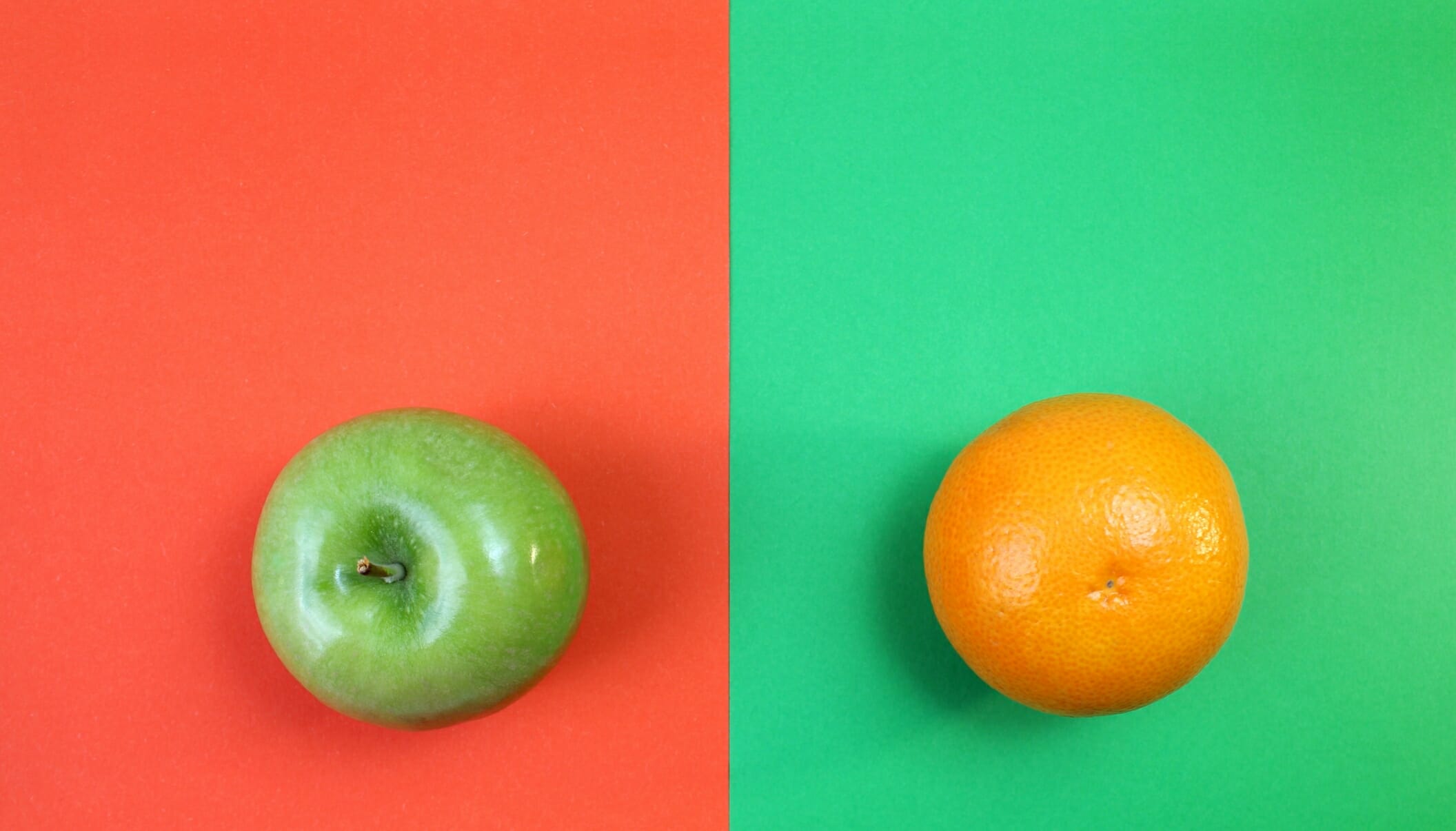Make sure design and reality aren’t apples to oranges.
Imagine the scenario: Your design team has just presented several directions for your new website. Each fulfills the brand brief and reflects your overarching marketing goals. You choose a great design that everyone loves. But then implementation seems to go sideways. It doesn’t quite look like the comp you approved. What happened? You probably didn’t have all the information needed to make an informed choice.
Here are a few questions to consider before starting a website project to ensure that your website ends up the way you envisioned it.
Are you using real content?
If you have worked with designers, you probably know the language of Lorem Ipsum—or what designers call, “greeking.” It looks great in a comp, but when the rubber meets the road, will your content look as great as the greeking? Remember that websites are just frameworks for content—so it’s important to use at least some real content when you view a design. Doing this will give you a preview of areas of concern where the design might need revising.
Websites are just frameworks for content—so it’s important to use at least some real content when you view a design.
For instance, the layout for the individual biographies look great for John Doe, but when Christopher Robinson-Livingston puts his name in the not-so-long name area, it looks a mess. The same goes for long titles. Make sure your design works for the worst case scenario—but doesn’t cater solely to this since you want the majority of content to look great as well. Likewise, if your industry language includes many long names or titles, having narrow text columns where every other word is hyphenated can look horrendous. Of course, if your content is overly wordy to begin with, a new design can be a great opportunity to incorporate a fresher, more direct style—obviously keeping in mind your desired brand and user experience.
Do you have existing assets to integrate?
Before a website design gets started, let the design team know which, if any, existing assets need to be used. For instance, biography, product or office photos may be styled in a way that competes with your new designs. Your team will need to know which assets they have to design around. If new photography is recommended, factor in budgeting and timelines. New biography photos can cost upwards of six figures and scheduling can push out launch dates. If you have budget or scheduling constraints for all new images, consider a phased approach to replacing imagery, or ask whether existing images can be retouched to better suit a new design.
You may also need to make changes to the existing content style and writing. To help manage both cost and workflow, determine your writing structure, word count, and voice early on. Instituting writing guides or training will help transition the site content in a phased approach. This information can also help in deciding on a design direction. While it’s important to weigh the new look of the site against the cost of replacing assets, don’t let the expense keep you from achieving your goals. Work closely with the design team to find creative ways to optimize your budget and assets.
How will the site be maintained?
One of the first things we ask in a new website project is what resources the client has to support the site after launch. It’s a shame to see a beautiful website start to fall apart because no one has considered the requirements of the staff and resources needed to maintain it. For instance, using employee photos is a great way to show authenticity and avoid generic stock imagery; however, you need to consider what happens if those employees leave. Have you engaged and budgeted for a photographer to keep the images refreshed? Likewise, using custom or stock illustrations without a plan to refresh them will pose issues down the line. Websites reliant on great photography may wither when images are chosen without guidelines or an eye for quality and style. Whether it means creating a library of images or a site that requires little imagery, the subject of maintenance needs to be discussed before design begins.
Creating a new website is challenging enough without worrying that you’ll be disappointed in the final product. By starting with the right information, you can ensure that the reality matches up to (or hopefully even exceeds) your expectations.
